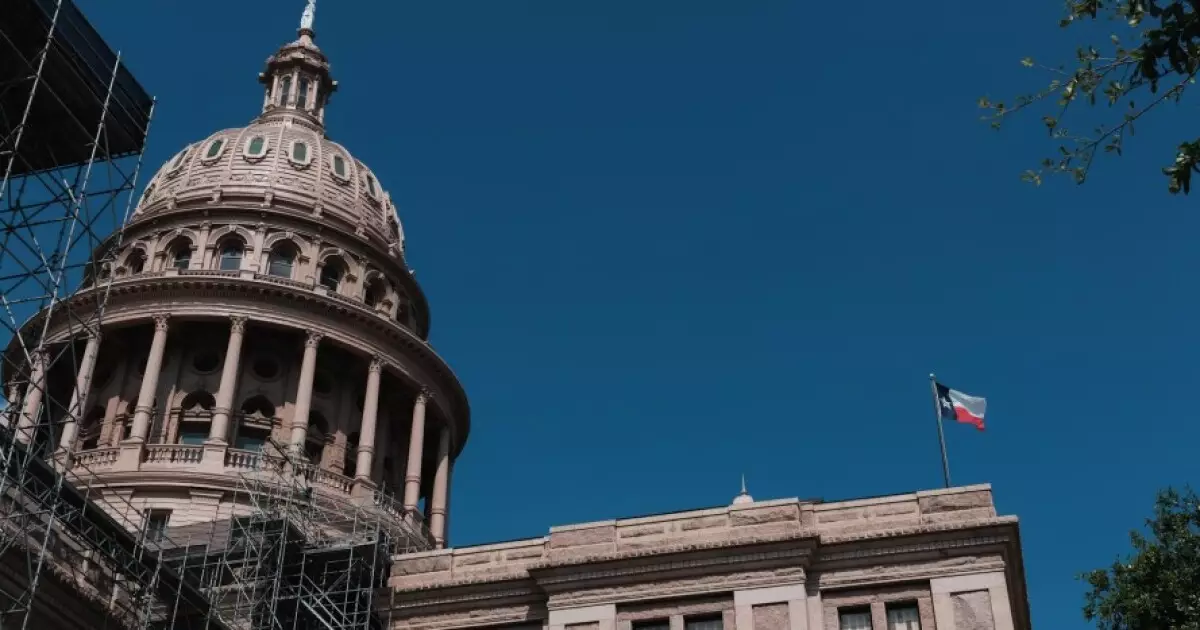The recent legislative shift in Texas toward imposing tighter constraints on property tax increases in large cities and counties exposes a fundamental misunderstanding of local government’s role and responsibilities. While proponents argue that such measures protect taxpayers from escalating taxes, they overlook the nuanced financial realities faced by urban centers, especially in densely populated regions where public safety, infrastructure, and essential services demand flexible funding avenues. The move to cap maintenance and operation (M&O) taxes at an artificially low 2.5% for jurisdictions with populations of over 75,000 significantly hampers these cities’ ability to meet their residents’ needs without risking crippling budget shortfalls. It’s a misguided attempt to micromanage local fiscal policy from the state level, stripping cities of their autonomy and stifling their capacity to adapt to evolving challenges.
The Myth of Tax-Erosion and the Reality of Public Needs
Advocates for the new legislation, such as Republican State Sen. Paul Bettencourt, frame this effort as a necessary response to rising property taxes, which they claim burden taxpayers to the brink. However, this narrative oversimplifies complex fiscal dynamics. Property taxes are a critical revenue source for local governments, funding core services like public safety, roads, and sanitation. Arbitrarily limiting the rate increases—especially in larger jurisdictions—does not account for inflation, population growth, or the rising costs of maintaining urban infrastructure. Moreover, the claim that the 3.5% cap led to excessive tax hikes is contested by data indicating that larger cities like Dallas and San Antonio could see millions of dollars in reductions with the lower cap, potentially threatening their ability to fund essential services.
Public Safety and Flexibility: Essential Concerns Ignored
Perhaps the most striking flaw in this legislation is its failure to recognize the unique financial commitments of metropolitan areas. Dallas, for instance, has recently committed to diverting at least 50% of revenue increases toward public safety pensions and expanded police staffing—measures justified as responses to public demand and safety needs. The imposed tax limits threaten to undermine these priorities, forcing city leaders into impossible choices between honoring their commitments and staying within the restrictive tax increase caps. The negative rating outlook on Dallas’ bonds reflects this looming fiscal tension. Similarly, Austin’s ongoing negotiations to exceed the 3.5% threshold underscore local governments’ desire for fiscal agility in the face of rising operational costs.
The False Promise of Tax Relief: Economic Spin or Short-Sighted Policy?
While proponents argue these restrictions serve as a vital check on government excess and protect taxpayers from overreach, the evidence suggests otherwise: they threaten to constrain growth, hinder urban development, and ultimately shift fiscal burden back onto residents in less transparent ways. Public safety, education, and infrastructure must be prioritized to sustain vibrant cities, yet these bills aim to limit the very tools necessary for these services to thrive. Instead of fostering responsible governance, they risk creating a brittle fiscal environment susceptible to crises—crippling cities’ ability to respond swiftly and effectively.
The Political and Fiscal Implications
The legislation reflects a broader ideological debate about the role of government and local control. Texas has long prided itself on decentralized governance, allowing cities and counties to make decisions tailored to their constituents. By curbing property tax increases through state mandates, the legislature appears to be shifting power upward, reducing local governments’ discretion and elevating a one-size-fits-all approach. This centralization may appeal to certain fiscal conservatives seeking limits on government expansion, but it ignores the complexity of urban governance. Particularly in large cities with expanding populations and mounting public safety needs, rigid caps threaten to create a mismatch between revenue and expenditure demands, leading to deteriorating services and frustrated citizens.
The move to impose tighter restrictions on county and city property taxes in Texas exemplifies an overreach cloaked in populist rhetoric about taxpayer protection. It disregards the critical realities faced by urban governments and risks undermining their financial stability, flexibility, and ability to serve their communities effectively. This legislative trend undermines the core principles of responsible, adaptable governance—a step in the wrong direction for a state that values both fiscal responsibility and local autonomy.

